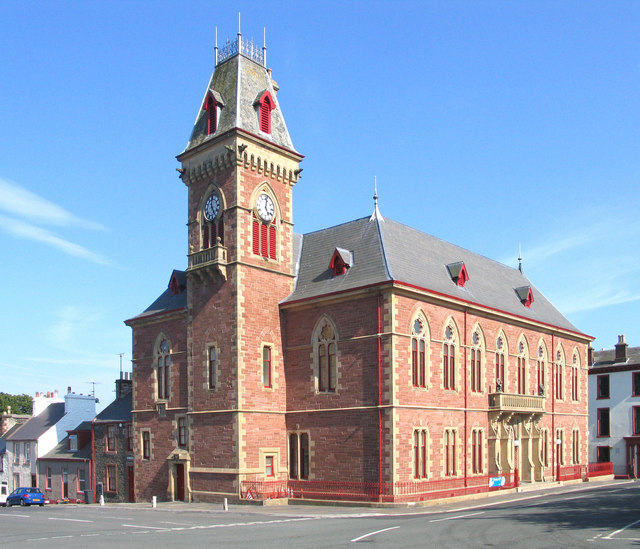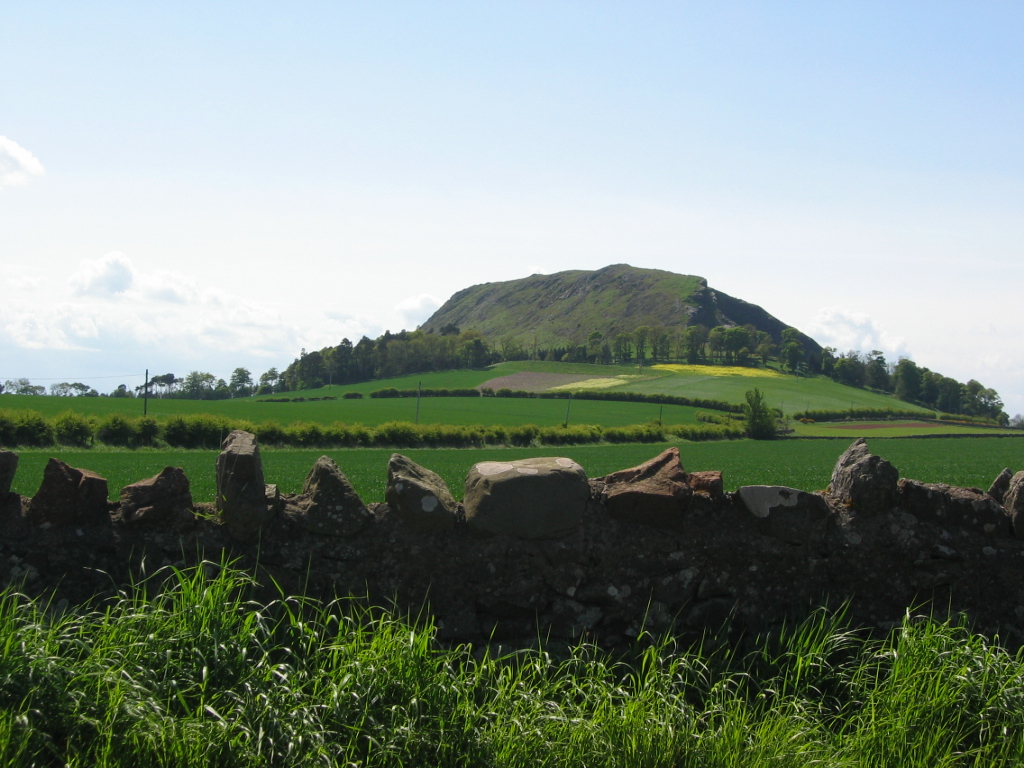|
Kirkinner
Kirkinner ( gd, Cille Chainneir, IPA: �kʰʲiÊÉËxaɲɪɾʲ is a village in the Machars, in the historical county of Wigtownshire in Dumfries and Galloway, Scotland. About southwest of Wigtown, it is bounded on the east by the bay of Wigtown, along which it extends for about three miles, and on the north by the river Bladnoch."Kirkinner" Undiscovered Scotland. Retrieved 22 September 2013. History  There is a "Hill fort, Ring Hill", North Balfern, near Orchardtown Bay.
Doon Hill fort (which is not a dun), Capenoch Croft, west of Barnbarroch, occupies a rocky knoll from which the ground fall ...
There is a "Hill fort, Ring Hill", North Balfern, near Orchardtown Bay.
Doon Hill fort (which is not a dun), Capenoch Croft, west of Barnbarroch, occupies a rocky knoll from which the ground fall ...
[...More Info...] [...Related Items...] OR: [Wikipedia] [Google] [Baidu] |
List Of Listed Buildings In Kirkinner, Dumfries And Galloway ...
This is a list of listed buildings in the civil parish of Kirkinner, in Dumfries and Galloway, Scotland. List Key Notes References * All entries, addresses and coordinates are based on data froHistoric Scotland This data falls under thOpen Government Licence {{Lists of listed buildings in Dumfries and Galloway Kirkinner Kirkinner ( gd, Cille Chainneir, IPA: �kʰʲiÊÉËxaɲɪɾʲ is a village in the Machars, in the historical county of Wigtownshire in Dumfries and Galloway, Scotland. About southwest of Wigtown, it is bounded on the east by the bay of Wigtown ... [...More Info...] [...Related Items...] OR: [Wikipedia] [Google] [Baidu] |
Kirkinner Railway Station
Kirkinner was a railway station on the Wigtownshire Railway branch line, from Newton Stewart to Whithorn, of the Portpatrick and Wigtownshire Joint Railway. It served a rural area in Wigtownshire. Kirkinner is an area and village, 3 miles from Wigtown, bounded on the east by the bay of Wigtown, along which it extends for about three miles, and on the north by the River Bladnoch. History The Portpatrick and Wigtownshire Joint Railway was formed from the amalgamation of two railway companies: The Portpatrick Railway and the Wigtownshire Railway, which got into financial difficulties; they merged and were taken over. A station master's house was provided. In 1908 the station is shown as having a passing loop, a single platform, two sidings, a weighing machine, a ticket office and waiting room, all sitting within a cutting. [...More Info...] [...Related Items...] OR: [Wikipedia] [Google] [Baidu] |
Wigtownshire
Wigtownshire or the County of Wigtown (, ) is one of the historic counties of Scotland, covering an area in the south-west of the country. Until 1975, Wigtownshire was an administrative county used for local government. Since 1975 the area has formed part of Dumfries and Galloway for local government purposes. Wigtownshire continues to be used as a territory for land registration, being a registration county. The historic county is all within the slightly larger Wigtown Area, which is one of the lieutenancy areas of Scotland and was used in local government as the Wigtown District from 1975 to 1996. Wigtownshire forms the western part of the medieval lordship of Galloway, which retained a degree of autonomy until it was fully absorbed by Scotland in the 13th century. In 1369, the part of Galloway east of the River Cree was placed under the control of a steward and so became known as the Stewartry of Kirkcudbright. The rest of Galloway remained under the authority of a sherif ... [...More Info...] [...Related Items...] OR: [Wikipedia] [Google] [Baidu] |
Wigtown
Wigtown ( (both used locally); gd, Baile na h-Ãige) is a town and former royal burgh in Wigtownshire, of which it is the county town, within the Dumfries and Galloway region in Scotland. It lies east of Stranraer and south of Newton Stewart. It is known as "Scotland's National Book Town" with a high concentration of second-hand book shops and an annual book festival. Wigtown is part of the Machars peninsula. History Name origins W.F.H. Nicolaisen offered two explanations for the place-name Wigtown. One theory was that it meant 'dwelling place', from the Old English 'wic-ton'; however, if it is the same as Wigton in Cumbria, which was 'Wiggeton' in 1162 and 'Wigeton' in 1262, it may be 'Wigca's farm'. Other sources have suggested a Norse root with 'Vik' meaning 'bay', giving the origin as a translation of 'The town on the bay'. Neolithic Age The surrounding area (the Machars peninsula) is rich in prehistoric remains, most notably the Torhousekie Standing Stones, ... [...More Info...] [...Related Items...] OR: [Wikipedia] [Google] [Baidu] |
Dumfries And Galloway
Dumfries and Galloway ( sco, Dumfries an Gallowa; gd, Dùn Phrìs is Gall-Ghaidhealaibh) is one of 32 unitary council areas of Scotland and is located in the western Southern Uplands. It covers the historic counties of Dumfriesshire, Kirkcudbrightshire, and Wigtownshire, the latter two of which are collectively known as Galloway. The administrative centre and largest settlement is the town of Dumfries. The second largest town is Stranraer, on the North Channel coast, some to the west of Dumfries. Following the 1975 reorganisation of local government in Scotland, the three counties were joined to form a single region of Dumfries and Galloway, with four districts within it. The districts were abolished in 1996, since when Dumfries and Galloway has been a unitary local authority. For lieutenancy purposes, the area is divided into three lieutenancy areas called Dumfries, Wigtown and the Stewartry of Kirkcudbright, broadly corresponding to the three historic counties. ... [...More Info...] [...Related Items...] OR: [Wikipedia] [Google] [Baidu] |
Machars
, photo = File:West Coast of the Machars - geograph.org.uk - 3085411.jpg , photo_width = , photo_alt = , photo_caption = Luce Bay coastline of The Machars, south of Auchenmalg , map = UK Scotland , map_width = , map_caption = The Machars in the context of Scotland (map marks its highest point near Mochrum) , map_alt = , relief = 1 , label = , label_position = , mark = , marker_size = , location = Wigtownshire, Dumfries & Galloway , grid_ref = , grid_ref_UK = , grid_ref_Ireland = , coordinates = , coordinates_ref = , range = , part_of = , water_bodies = , elevation_ft = , elevation_ref = , surface_elevation_ft = , surface_elevation_ref = , highest_point = Mochrum Fell , highest_elevation = 197m , highest_coords = 54.82, -4.64 , area ... [...More Info...] [...Related Items...] OR: [Wikipedia] [Google] [Baidu] |
The Bride Of Lammermoor
''The Bride of Lammermoor'' is a historical novel by Sir Walter Scott, published in 1819, one of the Waverley novels. The novel is set in the Lammermuir Hills of south-east Scotland, shortly before the Act of Union of 1707 (in the first edition), or shortly after the Act (in the 'Magnum' edition of 1830). It tells of a tragic love affair between young Lucy Ashton and her family's enemy Edgar Ravenswood. Scott indicated the plot was based on an actual incident. ''The Bride of Lammermoor'' and ''A Legend of Montrose'' were published together anonymously as the third of Scott's '' Tales of My Landlord'' series. The story is the basis for Donizetti's 1835 opera ''Lucia di Lammermoor''. Composition and sources It is not known exactly when Scott contracted to write ''Tales of my Landlord (Third Series)'', but he began composition at the beginning of September 1818, some two months after completing '' The Heart of Midlothian'' and finished it in late April or early May the followin ... [...More Info...] [...Related Items...] OR: [Wikipedia] [Google] [Baidu] |
Hill Forts In Scotland
Hillforts in Scotland are earthworks, sometimes with wooden or stone enclosures, built on higher ground, which usually include a significant settlement, built within the modern boundaries of Scotland. They were first studied in the eighteenth century and the first serious field research was undertaken in the nineteenth century. In the twentieth century there were large numbers of archaeological investigations of specific sites, with an emphasis on establishing a chronology of the forts. Forts have been classified by type and their military and ritual functions have been debated. They were introduced into Scotland during the Bronze Age from around 1000 BCE. The largest group are from the Iron Age, with over 1,000 hillforts, mostly below the Clyde-Forth line, most of which were abandoned during the period of Roman occupation of Britain. There are also large numbers of vitrified forts, which have been subjected to fire, many of which may date to this period and are found across Scot ... [...More Info...] [...Related Items...] OR: [Wikipedia] [Google] [Baidu] |
Whithorn
Whithorn ( �Êɪthorn 'HWIT-horn'; ''Taigh Mhà rtainn'' in Gaelic), is a royal burgh in the historic county of Wigtownshire in Dumfries and Galloway, Scotland, about south of Wigtown. The town was the location of the first recorded Christian church in Scotland, '' Candida Casa'' : the 'White r 'Shining'House', built by Saint Ninian about 397. Toponymy There is a tradition that St Ninian built a church of stone and lime nearby in the late 4th century; it was called , the White House. "Whithorn" is a modern form of the Anglo-Saxon version of this name, ''Hwit Ãrn'', "white house". In Gallovidian Gaelic, it was called ''Rosnat'', or ''Futarna'', the latter a version of the Anglo-Saxon name (Gaelic has no sound corresponding to English ''wh''). Ninian dedicated the church to his master Martin of Tours, and when he died (probably in 432) Ninian was buried in the church. Early history A monastery and diocese of the Anglo-Saxon kingdom of Northumbria was founded on the sit ... [...More Info...] [...Related Items...] OR: [Wikipedia] [Google] [Baidu] |
Newton Stewart
Newton Stewart ( Gd: ''Baile Ãr nan Stiùbhartach'') is a former burgh town in the historical county of Wigtownshire in Dumfries and Galloway, southwest Scotland. The town is on the River Cree with most of the town to the west of the river, and is sometimes referred to as the "Gateway to the Galloway Hills". The main local industries are agriculture, forestry and tourism. The town hosts a local market, and a number of services to support the farming industry. There are many mountain biking trails in the area. Newton Stewart lies on the southern edge of the Galloway Forest Park, which supplies many jobs to the town. Newton Stewart is from Scotland's book town Wigtown. History The town was founded in the mid 17th century by William Stewart, fourth and youngest son of the 2nd Earl of Galloway. The "New Town of Stewart" was granted burgh status by charter from King Charles II, allowing a weekly market and two annual fairs to be held. It was on a pilgrimage to the shrine of St ... [...More Info...] [...Related Items...] OR: [Wikipedia] [Google] [Baidu] |
Walter Scott
Sir Walter Scott, 1st Baronet (15 August 1771 â 21 September 1832), was a Scottish novelist, poet, playwright and historian. Many of his works remain classics of European and Scottish literature, notably the novels ''Ivanhoe'', '' Rob Roy'', '' Waverley'', '' Old Mortality'', ''The Heart of Mid-Lothian'' and '' The Bride of Lammermoor'', and the narrative poems '' The Lady of the Lake'' and '' Marmion''. He had a major impact on European and American literature. As an advocate, judge and legal administrator by profession, he combined writing and editing with daily work as Clerk of Session and Sheriff-Depute of Selkirkshire. He was prominent in Edinburgh's Tory establishment, active in the Highland Society, long a president of the Royal Society of Edinburgh (1820â1832), and a vice president of the Society of Antiquaries of Scotland (1827â1829). His knowledge of history and literary facility equipped him to establish the historical novel genre as an exemplar of Eur ... [...More Info...] [...Related Items...] OR: [Wikipedia] [Google] [Baidu] |







